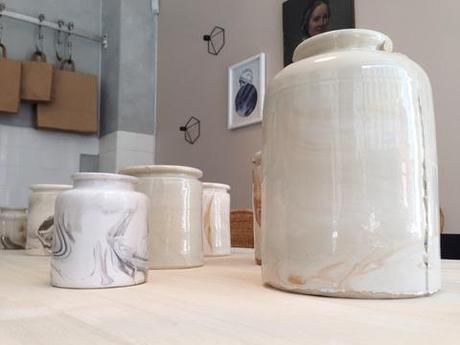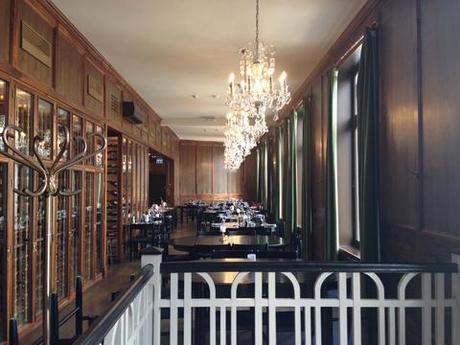
Kolleketed By
Jannicke Kråkvik and Alessandro D’Orazio are Oslo's leading interior stylists, their work regularly gracing the pages of Elle Decor. Now, in Kråkvik's words, they decided to create their own "playground"—a marvelous new shop that features classic Scandinavian designs, carefully curated vintage pieces, and works by young Norwegian designers like the marbled ceramics of Günzler Polmar.
Until the discovery of huge reserves of oil off its shores, Oslo was among Europe's most humble capitals. Even now, as the city grows glitzy with petrodollars, the wildness of the surrounding peaks seems to reach down into the heart of the city. Parks, for example, are refreshingly unkempt at the edges. Lawns and gardens are often left to grow shaggy. And once, while looking for a shortcut between two posh neighborhoods, I found myself on what could only be described as a weedy country lane lined with tiny wooden shacks.
Oslo's design and architecture scene retains a similarly rugged charm. Much of the world's attention has been focused on two other Scandinavian powerhouses: Denmark and Sweden. However, my recent trip to Oslo confirmed that the relative modesty of Norway's reputation results not from any dearth of talent but, more likely, Norwegians' own lack of pretension. The designers and architects I met seemed more interested in buckling down to their work than boasting about the products of their labor.
And this lack of guile seems to be built into the designs themselves. No matter how sophisticated, they tend to preserve a bracing measure of the rough natural world. During my visit, I found some great new additions to the city's design landscape, each of which smuggles the rawness of the Nordic wilds into the city's most urbane precincts.
Slideshow
The more formal upstairs dining room is another story. The wood that lines both walls and floors is at once rich and raw-looking. At the same time, green-leather seating brings a clubby elegance. Built on classic Italian recipes, the dishes reveal the excellence of fresh ingredients, from Norwegian dill and asparagus to pecorino flown in from the Italian countryside.
